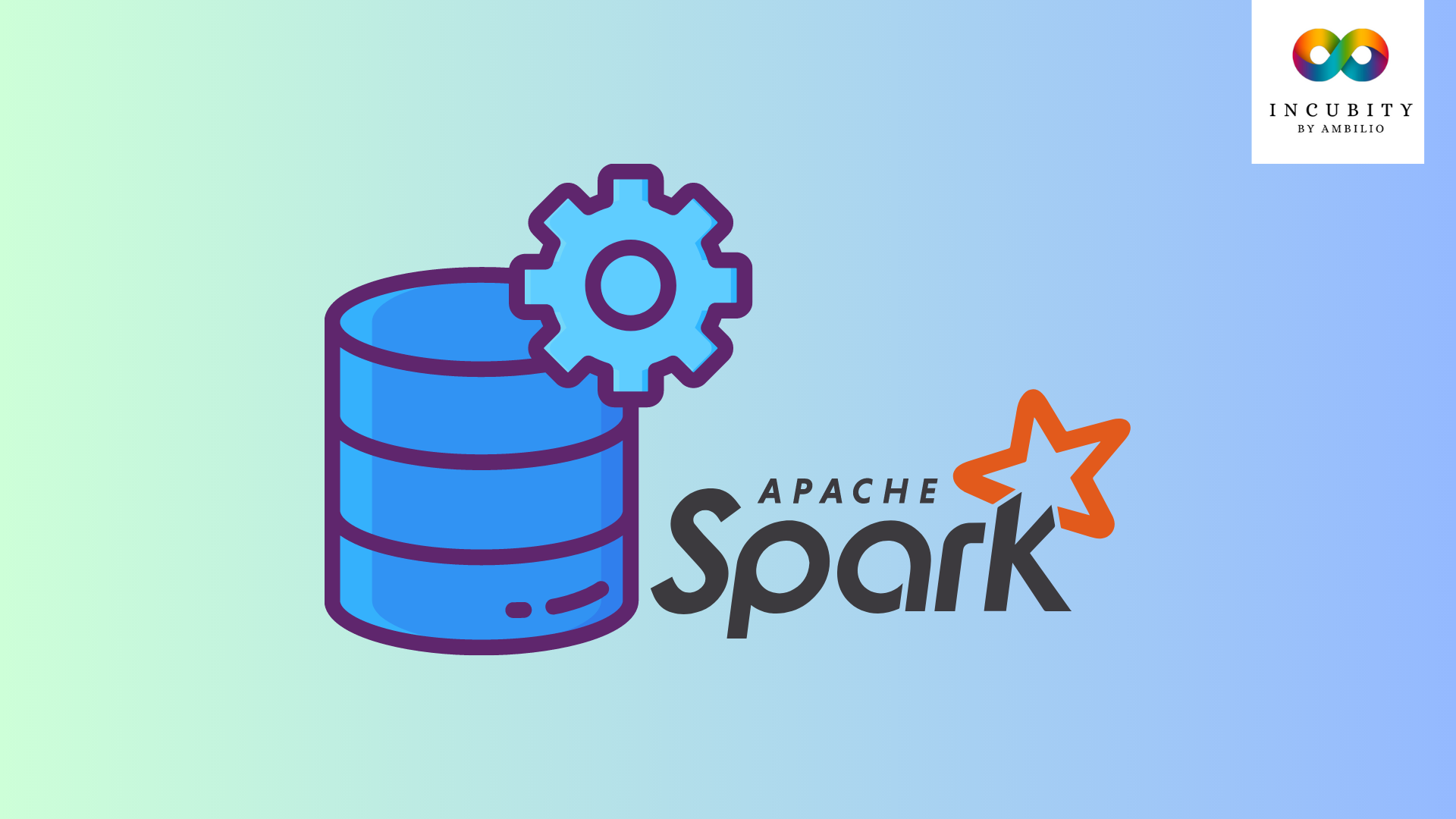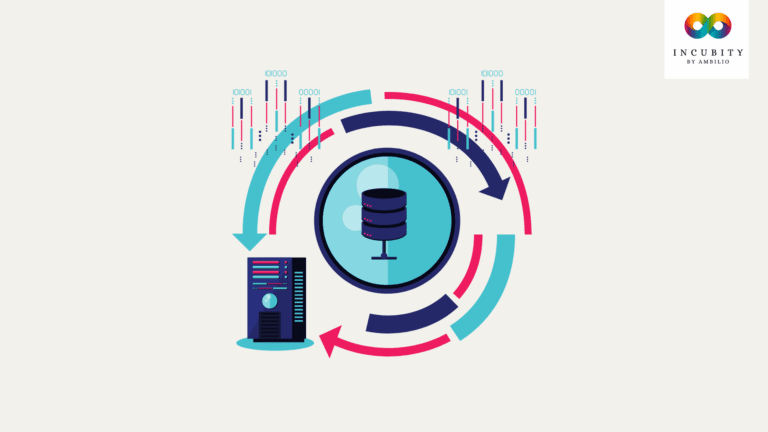Apache Spark is a powerful distributed computing framework widely used in data engineering. It offers an efficient and scalable way to process large volumes of data and perform complex data transformations. With its ability to handle various data sources, including structured, semi-structured, and unstructured data, it has become a crucial tool in data engineering. Aspiring data engineers must have the skill to work with Spark to build data pipelines, perform data manipulation, and perform analysis. Spark’s popularity and versatility make it a valuable skill for any data engineer, as it enables the development of reliable, scalable, and high-performance data processing systems..
Considering the high demand for this skill, we are presenting here a detailed introduction to Apache Spark and how to master this skill.
What is Apache Spark?
Apache Spark is an open-source distributed computing system used for big data processing and analytics. It was developed at UC Berkeley’s AMPLab in 2009 and was later donated to the Apache Software Foundation in 2013. Apache Spark provides an interface for programming entire clusters with implicit data parallelism and fault tolerance.
Spark supports a variety of data processing workloads, including batch processing, streaming data processing, machine learning, and graph processing. It uses in-memory processing to speed up data processing and has a powerful API in various programming languages like Scala, Java, Python, and R.
Spark’s core component is the Resilient Distributed Dataset (RDD), which is a fault-tolerant collection of elements that can be processed in parallel. RDDs can be created from data stored in Hadoop Distributed File System (HDFS), Cassandra, HBase, and other data sources. Spark also provides higher-level APIs, including DataFrames and Datasets, which provide a more structured and efficient way to work with structured and semi-structured data.
Apache Spark in Data Engineering
Apache Spark is widely used in data engineering as it provides a powerful and flexible framework for data processing and analysis. Spark can be used in various stages of the data engineering pipeline, including data ingestion, data transformation, and data analysis. Here are some ways Apache Spark is used in data engineering:
- Data Ingestion: Apache Spark can be used to read and ingest large volumes of data from various sources like HDFS, Amazon S3, Apache Kafka, Apache Flume, and more. It can also handle real-time data streams with its streaming APIs.
- Data Transformation: Spark can be used for data transformation, which involves cleaning, structuring, and aggregating data. Spark provides powerful APIs like DataFrame and Dataset that can handle structured and semi-structured data.
- Data Analysis: Spark can also be used for data analysis, which involves running complex analytics and machine learning algorithms on large datasets. Spark provides a powerful machine learning library called MLlib that can be used for various applications like classification, regression, clustering, and more.
Some of the most important applications of Apache Spark in data engineering are:
- Large-scale batch processing: Spark’s ability to handle large volumes of data in a distributed manner makes it an ideal tool for large-scale batch processing applications.
- Real-time stream processing: Spark Streaming API enables real-time stream processing of data, making it useful for real-time analytics and monitoring.
- Machine learning: Spark’s MLlib library provides a distributed implementation of popular machine learning algorithms, making it useful for big data machine learning applications.
Apache Spark is used in various industries, including finance, healthcare, e-commerce, social media, and more. Some examples of industries using Apache Spark are:
- Finance: Apache Spark is used in finance for fraud detection, risk assessment, and algorithmic trading.
- Healthcare: Spark is used in healthcare for clinical decision-making, drug discovery, and patient data analysis.
- E-commerce: Spark is used in e-commerce for recommendation systems, customer analytics, and real-time pricing.
- Social media: Spark is used in social media for sentiment analysis, customer feedback analysis, and social network analysis.
Overall, Apache Spark is a powerful and flexible tool that has a wide range of applications in data engineering, making it a popular choice for many industries.
Example: Data Streaming using Apache Spark
Here’s a simple example of using Apache Spark for data streaming in a business-relevant application. Let’s say you’re working for a large e-commerce company, and you want to monitor the real-time sales data to make quick business decisions. You have a stream of sales data coming in from various sources like online orders, mobile app orders, and in-store purchases. You want to process this data in real-time and generate insights like the total revenue generated, the number of orders, and the top-selling products.
To do this, you can use Apache Spark’s streaming APIs. Here’s a hands-on implementation of the same:
Step 1: Set up the environment
Install Apache Spark and start the Spark shell.
Create a new Scala project and add the Spark dependencies.
Step 2: Create a Spark Streaming context
Create a new Spark Streaming context with a batch interval of 1 second.
import org.apache.spark._
import org.apache.spark.streaming._
val conf = new SparkConf().setAppName(“Real-time Sales Data Processing”)
val ssc = new StreamingContext(conf, Seconds(1))
Step 3: Create a DStream to read from the source
Create a DStream to read from the source. In this example, let’s assume the data is coming from a Kafka topic.
import org.apache.spark.streaming.kafka._
val kafkaParams = Map(“metadata.broker.list” -> “localhost:9092”)
val topics = Set(“sales_data”)
val stream = KafkaUtils.createDirectStream[String, String, StringDecoder, StringDecoder](
ssc, kafkaParams, topics)
Step 4: Process the data in real-time
Parse the data and transform it as per the business requirements.
In this example, let’s assume the data is in JSON format with the following structure: { “product”: “product_name”, “price”: 10.0, “quantity”: 2 }
We’ll group the data by product name and calculate the total revenue and the number of orders for each product.
import org.json4s._
import org.json4s.jackson.JsonMethods._
case class Sale(product: String, price: Double, quantity: Int)
implicit val formats = DefaultFormats
val sales = stream.map(_._2).map(parse(_).extract[Sale])
val productStats = sales
.map(sale => (sale.product, (sale.price * sale.quantity, 1)))
.reduceByKey((a, b) => (a._1 + b._1, a._2 + b._2))
Step 5: Output the results
Finally, output the results to a storage system or a visualization tool. In this example, let’s print the results to the console.
productStats.print()
Step 6: Start the streaming context and wait for the data to flow in
ssc.start()
ssc.awaitTermination()
This is just a simple example, but it shows how powerful Apache Spark can be for real-time data processing and analysis. In a real-world scenario, you would likely have more complex transformations and analysis, but the basic principles would be the same.
How to Master this Skill?
To master a career in data engineering and become proficient in Apache Spark, here are some steps you can follow:
- Learn the basics: Start by understanding the fundamentals of data engineering, including concepts like data modeling, ETL (Extract, Transform, Load), data warehousing, and data pipelines. Also, learn the basics of programming languages like Python, Java, or Scala as these are used for data processing and analysis.
- Understand the architecture of Apache Spark: Learn the architecture of Apache Spark, including the Spark Core, Spark SQL, Spark Streaming, and Spark MLlib. Understand how they work together to process and analyze data.
- Get hands-on experience: Practice with Apache Spark by working on real-world projects or by contributing to open-source projects. Build data pipelines and process data in real-time.
- Learn data modeling and SQL: Data modeling and SQL are important skills for data engineers. Learn how to design data models that support efficient data processing and querying. Also, learn SQL and how to use it to manipulate and analyze data.
- Learn distributed systems: Apache Spark is a distributed system, so it’s important to understand the principles of distributed systems. Learn how to design, build, and manage distributed systems and clusters.
- Learn big data technologies: Apache Spark is just one of the many big data technologies used in data engineering. Learn other big data technologies like Hadoop, Hive, Pig, and Kafka.
- Stay up-to-date: Keep up with the latest trends and advancements in the field of data engineering. Attend conferences, read blogs, and join online communities to stay informed.
By following these steps, you can master Apache Spark and become a proficient data engineer, which can help you land a job in the data engineering field. Additionally, obtaining relevant certifications and having a strong portfolio of data engineering projects can also improve your chances of being considered for a job as a data engineer.







